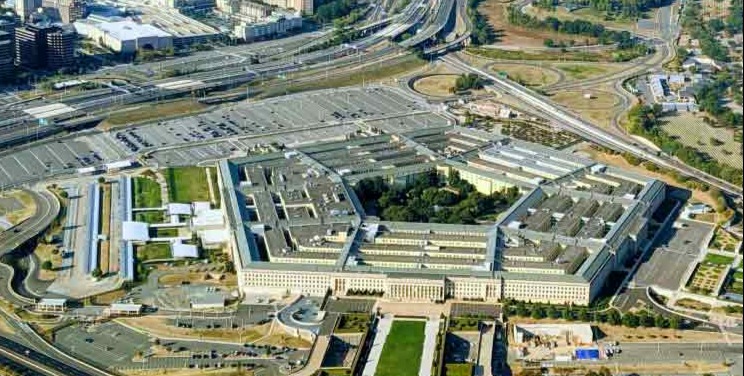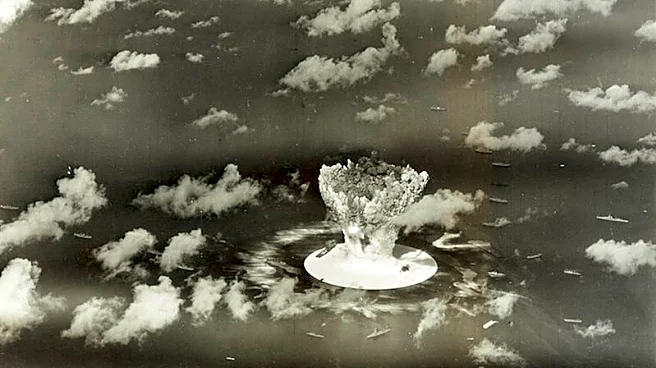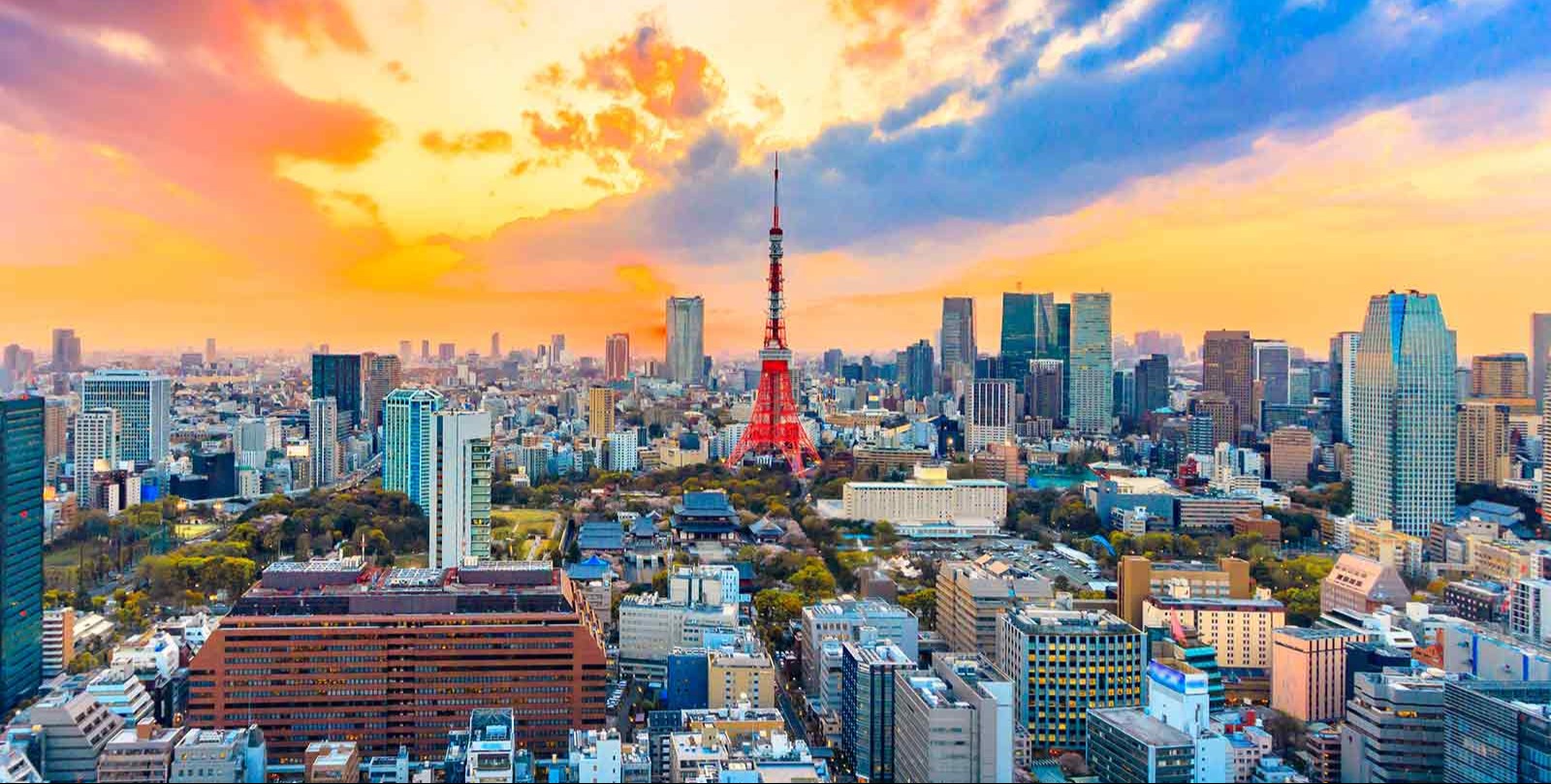What's Happening?
On July 29, 2025, a powerful magnitude 8.8 earthquake struck off the coast of Russia's Kamchatka Peninsula. The quake, one of the strongest recorded in modern history, occurred at a depth of 35 km and prompted tsunami alerts across the Pacific, including
Japan, Hawaii, and the U.S. West Coast. The earthquake was followed by a series of aftershocks, with magnitudes reaching up to 5.8. Despite the intensity, damage and injuries near the epicenter were relatively limited, and the tsunami warning was eventually lifted.
Why It's Important?
The Kamchatka Peninsula is part of the Pacific Ring of Fire, a region known for its high seismic activity. This earthquake underscores the ongoing risk of large seismic events in this area, which can have far-reaching effects across the Pacific. The event highlights the importance of robust monitoring systems and emergency preparedness to mitigate the impact of such natural disasters. The ability to issue timely tsunami warnings is crucial in preventing loss of life and minimizing damage.
What's Next?
Seismologists and emergency services will continue to monitor the region for further aftershocks and potential seismic activity. The event serves as a reminder of the need for continuous improvement in early warning systems and disaster preparedness strategies. Authorities in affected regions will likely review and update their emergency response plans to better handle future seismic events.
Beyond the Headlines
The earthquake's occurrence in the Pacific Ring of Fire highlights the geological dynamics of the region, where tectonic plates frequently interact, leading to earthquakes and volcanic activity. This event may prompt further research into the seismic behavior of the area, contributing to a better understanding of earthquake prediction and risk management.















